Description
Understanding Xylene: Properties, Uses, and Safety Considerations
Xylene, a colorless, flammable liquid with a sweet odor, is an aromatic hydrocarbon derived from coal tar and petroleum. It exists in three isomeric forms: ortho-xylene (o-xylene), meta-xylene (m-xylene), and para-xylene (p-xylene), each differing slightly in molecular structure but sharing similar chemical properties. This article explores the characteristics, applications, and safety considerations surrounding xylene.
Chemical Properties
Xylene has the molecular formula C8H10, with a boiling point of approximately 138-144 degrees Celsius (280-291 degrees Fahrenheit). As a non-polar solvent, it exhibits excellent solubility for various organic compounds, making it a valuable solvent in many industrial processes. Xylene is also known for its ability to dissolve greases, oils, and resins, which enhances its utility in numerous applications.
Sources of Xylene
Xylene can be produced through several methods, including:
- Fractional Distillation of Crude Oil: Xylene is often obtained from the distillation of petroleum, where it separates from other hydrocarbons.
- Coal Tar Distillation: Historically, xylene was isolated from coal tar, a byproduct of the carbonization of coal.
- Chemical Synthesis: In some cases, xylene can be produced via chemical synthesis methods, such as the methylation of toluene or the oxidation of aromatic hydrocarbons.
Applications of Xylene
1. Industrial Solvent
Xylene is extensively used as a solvent in various industries. Its ability to dissolve a wide range of substances makes it ideal for use in paint thinners, varnishes, lacquers, and adhesives. It is also employed in cleaning agents and degreasers.
2. Chemical Intermediate
In the chemical industry, xylene serves as a key intermediate in the production of other chemicals. It is used to manufacture phthalic anhydride, which is essential in the production of plastics, resins, and fibers. Furthermore, xylene is a precursor for the synthesis of other compounds, including toluene diisocyanate (TDI), which is vital in the production of flexible polyurethane foams.
3. Laboratory Use
In laboratories, xylene is often utilized as a clearing agent in histology for tissue processing. It is effective in the preparation of biological samples for microscopic examination and is widely used in the production of tissue samples for medical research.
4. Fuel Additive
Xylene is sometimes used as a high-octane additive in gasoline. Its presence in fuel can improve combustion efficiency and enhance the performance of engines.
Safety Considerations
Despite its widespread utility, xylene poses health risks that require careful handling. Exposure to xylene can occur through inhalation, skin contact, or ingestion. Short-term exposure to high levels may result in symptoms such as headaches, dizziness, respiratory issues, and skin irritation. Chronic exposure has been linked to more severe health effects, including liver and kidney damage.
To mitigate risks, it is essential to follow safety guidelines:
- Use Personal Protective Equipment (PPE): When handling xylene, wear appropriate PPE, including gloves, goggles, and respiratory protection.
- Ensure Adequate Ventilation: Work in well-ventilated areas or use fume hoods to minimize inhalation risks.
- Store Properly: Xylene should be stored in tightly sealed containers in a cool, dry place, away from sources of ignition.
Conclusion
Xylene is a versatile chemical with a wide range of applications in industry and research. While it offers significant benefits as a solvent and chemical intermediate, safety considerations are paramount to protect workers and the environment. By understanding its properties and adhering to safety guidelines, we can effectively harness the benefits of xylene while minimizing potential risks.


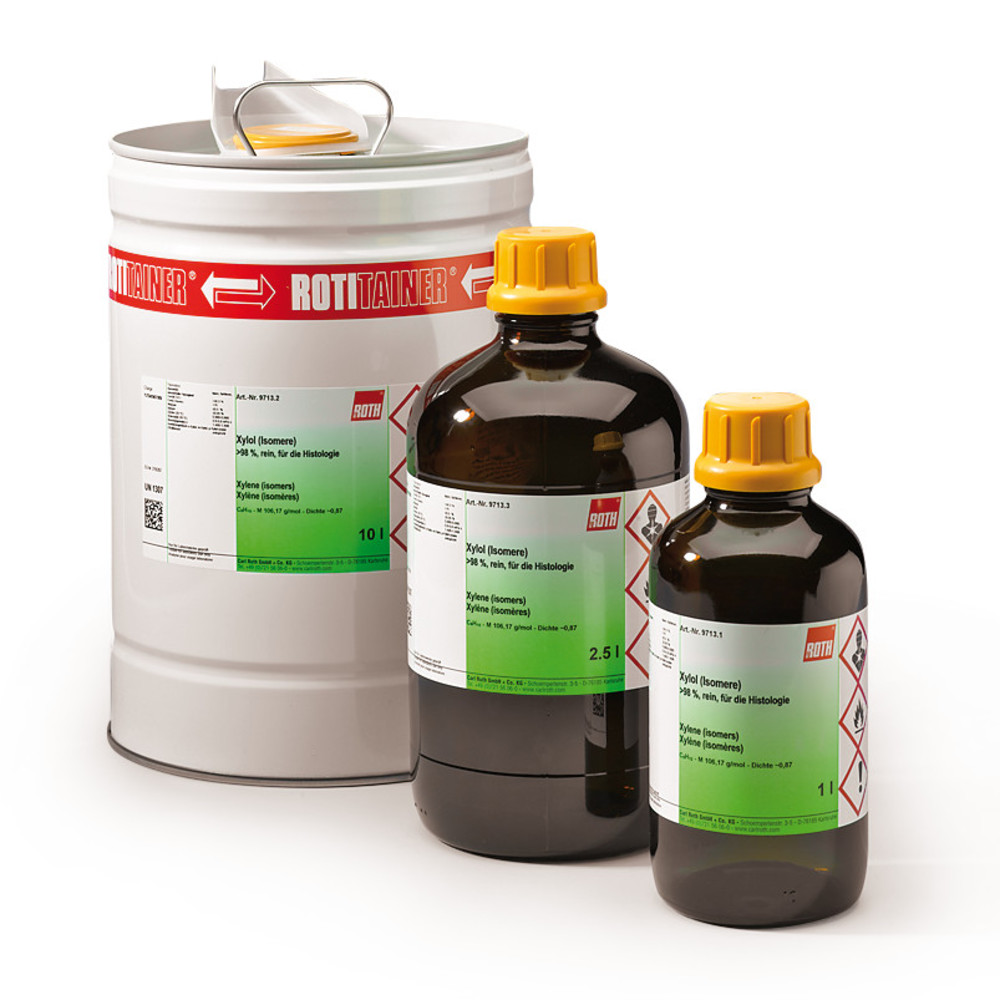



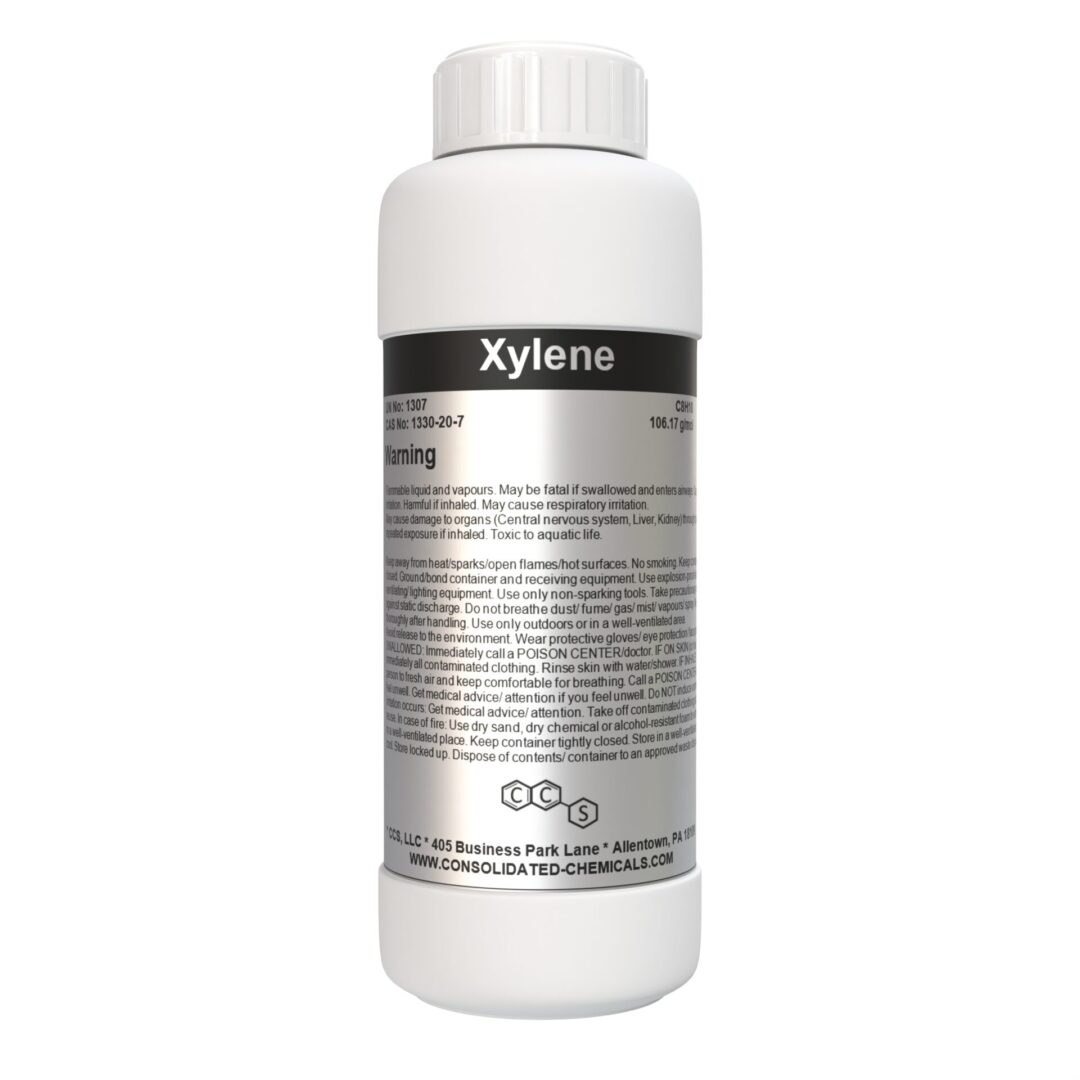
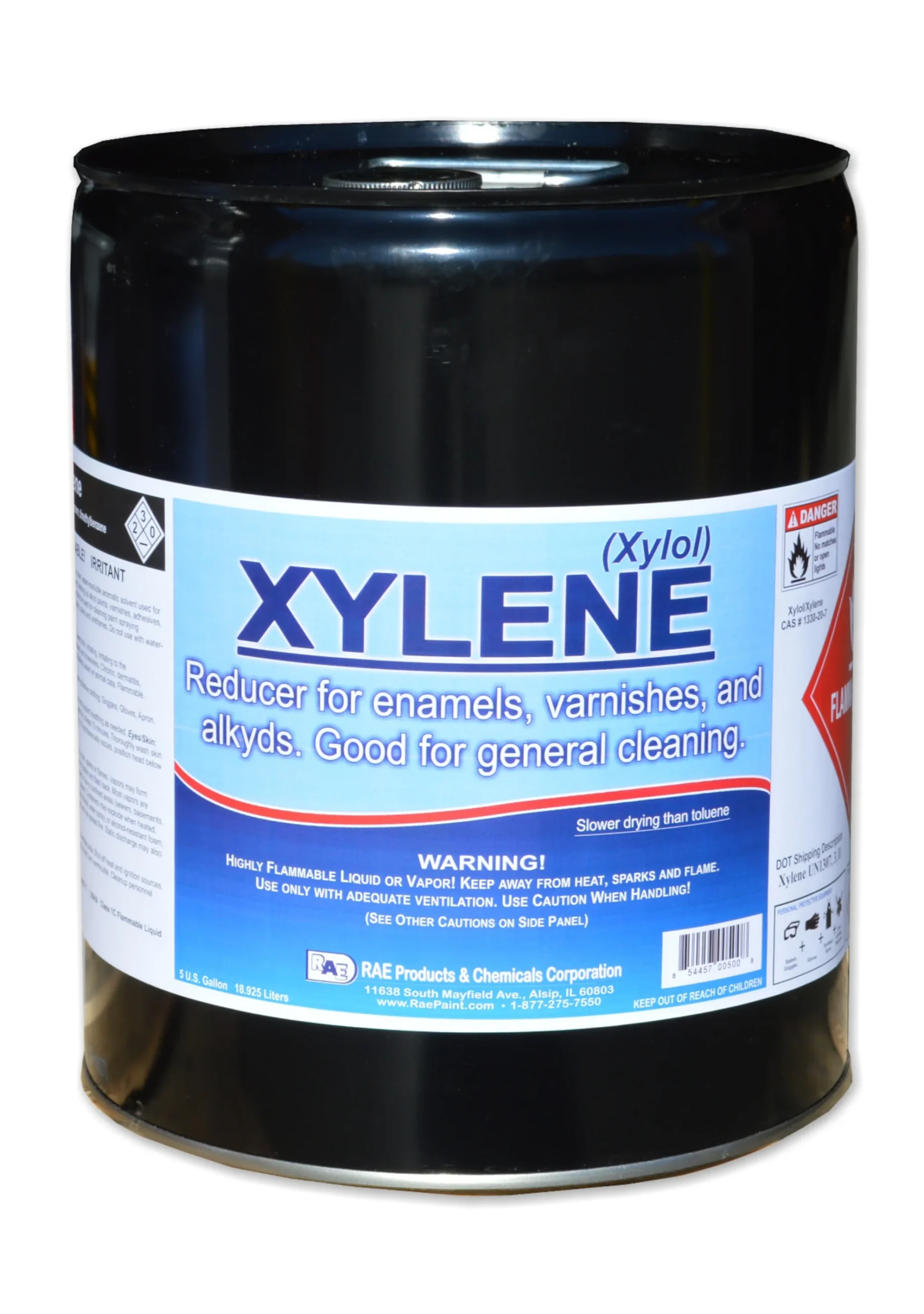
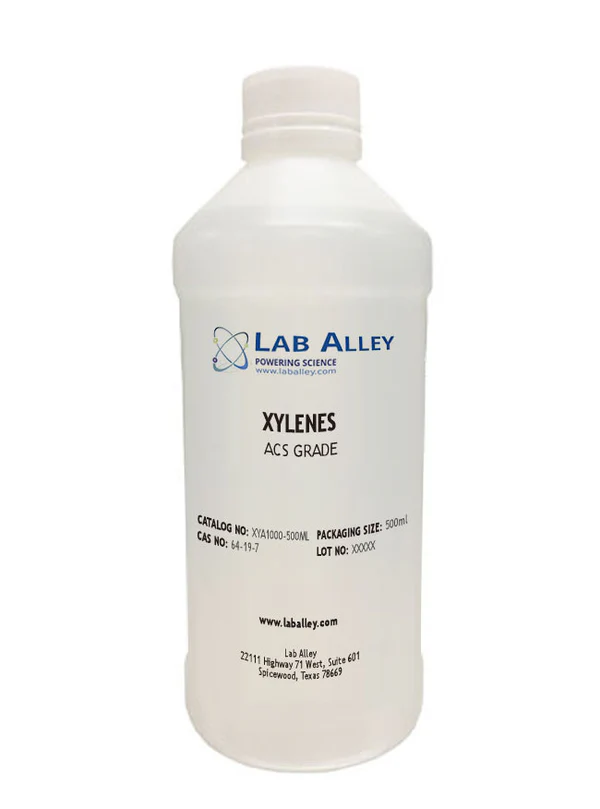
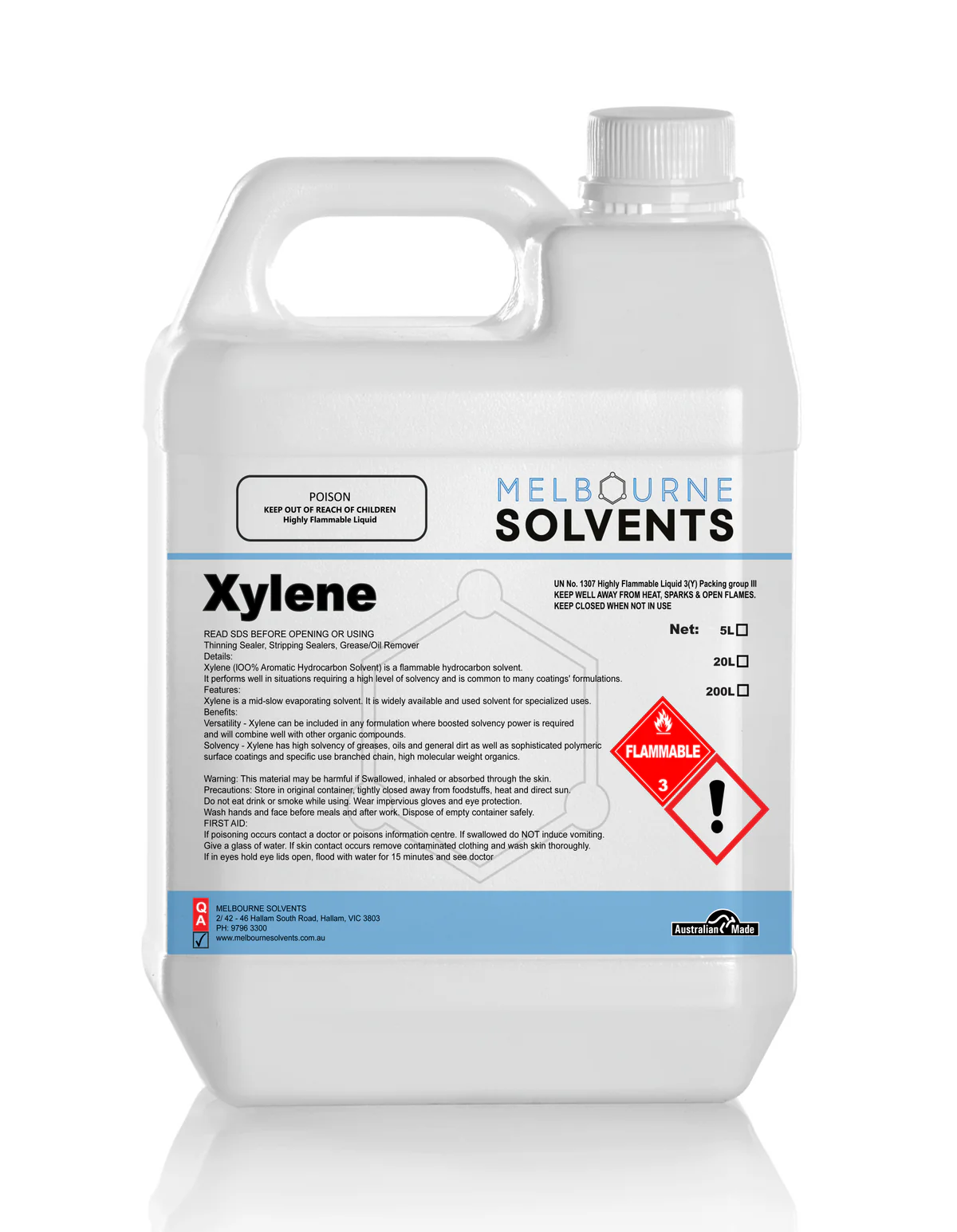
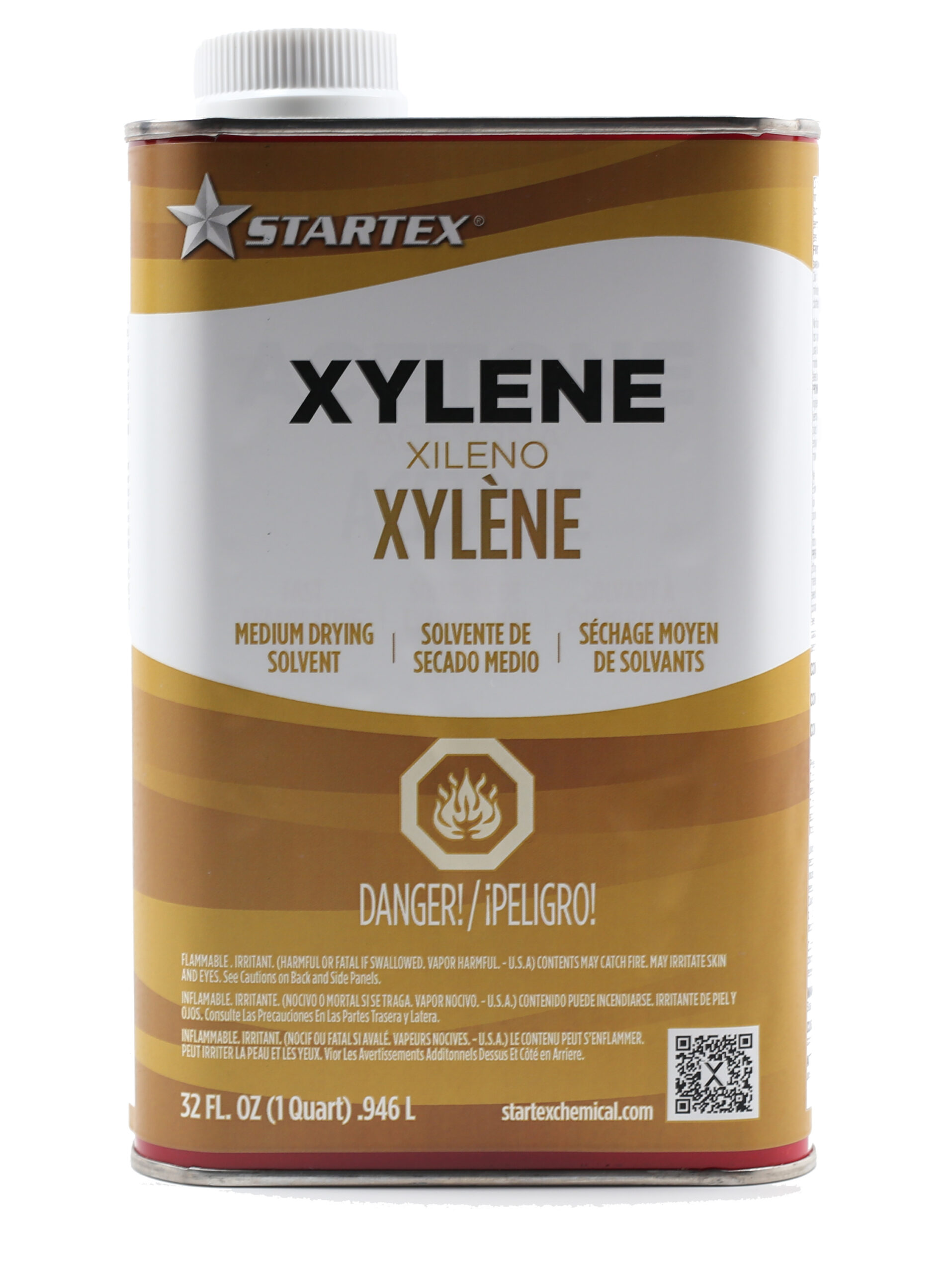
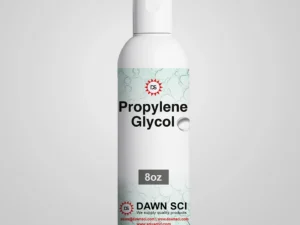
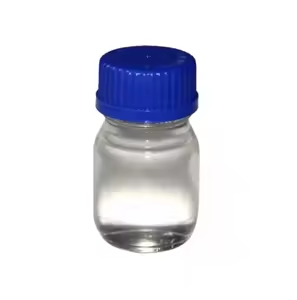


Reviews
There are no reviews yet.